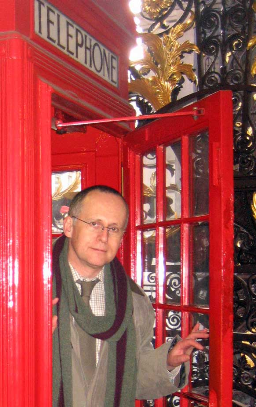
On the day of writing, Britain had just gone 24 hours without generating any electricity from coal, for ‘the first time since the industrial revolution’. Actually, O National Grid, the Industrial Revolution started a full 120 years before the first public coal-fired power-station opened (Holborn Viaduct, 1882), but never mind. This is still a significant milestone.
When I began work at the Geological Society in 1997, coal was already dying, and the (now defunct) Coal Geology Group was already, as Thomas Hardy might have said, ‘the deadest thing alive enough to have the strength to die’. Thus, when asked for its views about a Government consultation about opencasting, it managed to produce two anaemic paragraphs in favour; while the active Geoconservation Commission produced 10 pages against.
I penned a response, boosting from my own research the economic case for opencasting, but reflecting the balance of argument. Yes, opencast coal was safer and cheaper, low in sulphur and needed to ‘sweeten’ deep-mined British coal. But it also did violence to the landscape and (then) often failed to live up to optimistic restoration promises.
Our response generated fury from retired ‘sunshine miners’ who resented their Society taking what seemed to them a ‘green’ agenda; I got hatemail and furious phone calls from Fellows who fervently believed that sterilizing any coal reserve for any reason was wrong. Digging up National Parks and demolishing Chatsworth House to create a mine with a working face one kilometre high, was absolutely fine. (I tip my hat here to Professor Chris Wilson, then External Affairs Secretary, who wore the hair shirt to a meeting and smoothed everyone over.)
How things have changed in 20 years. The coalies have gone, and our new Executive Secretary’s previous job was with the Coal Authority, charged with - cleaning up coal’s filthy legacy.
We still need coal, even sometimes for power. Every primary steelworks needs its coking plant. Some people still burn it at home. But forget politics. Petroleum and natural gas killed coal. Industries switched to the new power source. The chemical industry, long fed a diet of carcinogenic, aromatic by-products from coal distillation, switched to the relatively benign aliphatic molecules from the catalytic cracker. Nasty ‘tar macadam’ became nice ‘asphalt concrete’, and plastic-world was born.
The process of building a cleaner, better world continues. It is both as hard and as simple as that. But the world will still need geologists. Just different ones.
DR TED NIELD NUJ FGS, EDITOR
[email protected], @TedNield @geoscientistmag